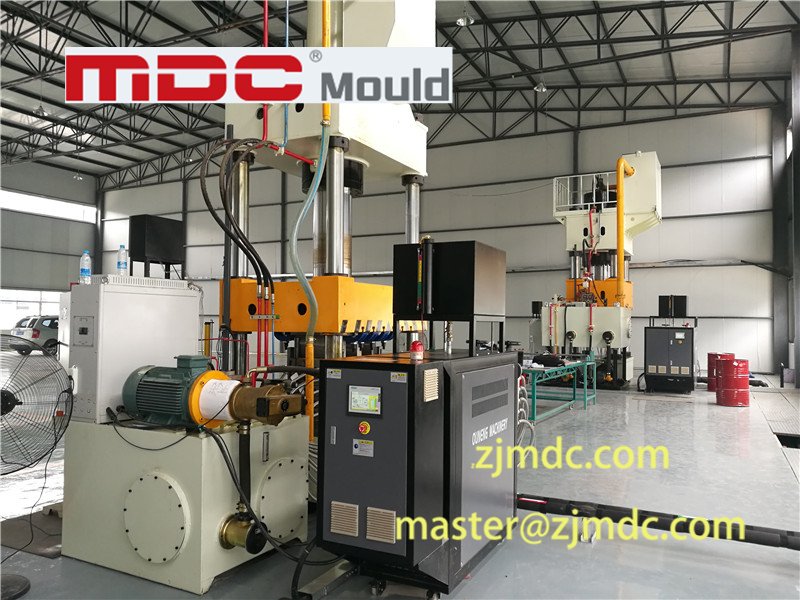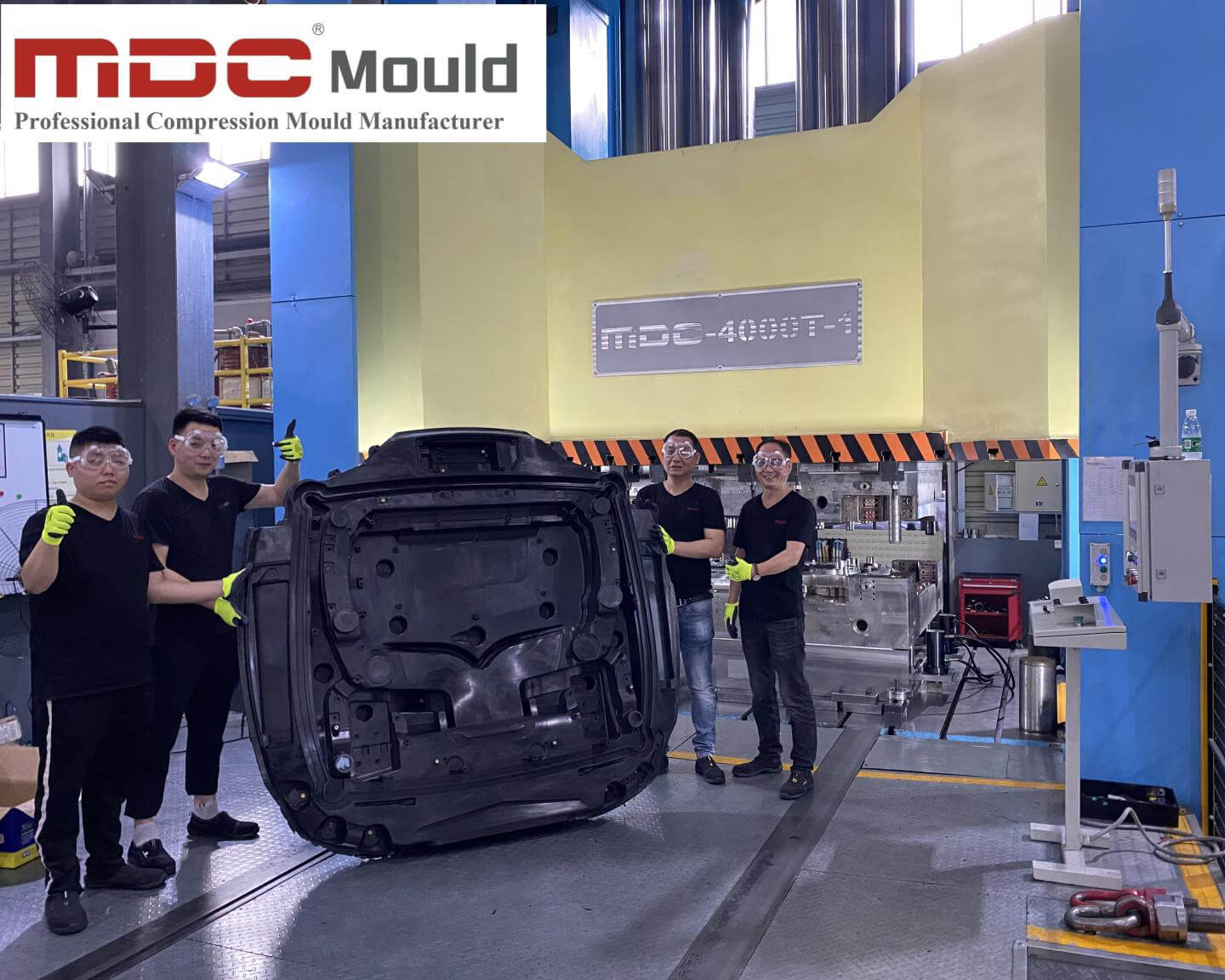Compression molding is a widely adopted manufacturing process for producing high-strength, lightweight composite components. Central to this process is the use of tooling compression machines, which apply heat and pressure to mold thermoset and thermoplastic materials such as SMC (Sheet Molding Compound), BMC (Bulk Molding Compound), and carbon fiber prepregs. In this article, we explore the various types of compression molding machines available today, their features, applications, and how to select the right equipment for your manufacturing needs.

1. Hydraulic Compression Molding Machines
Hydraulic presses are the most common type of tooling compression machines. They use a hydraulic cylinder to apply controlled force to the mold cavity. These machines are suitable for medium to high-volume production and are ideal for molding large or complex parts with excellent dimensional accuracy.
- Applications: SMC auto parts, BMC electrical components, FRP panels
- Key features: Adjustable pressure, programmable heating, uniform force distribution
- Advantages: High clamping force, energy-efficient, precise control
2. Upstroke (Bottom-Up) Compression Press
Upstroke presses move the lower platen upward to meet a fixed upper platen. This design is often preferred when clear space is needed above the tooling, such as in automated lines with robot integration.
- Applications: Composite molds, BMC and SMC parts, aerospace components
- Advantages: Less upper structure, more compact footprint, easy integration
3. Downstroke (Top-Down) Compression Press
Downstroke machines operate by bringing the upper platen down onto a fixed lower platen. They are suitable for heavy-duty applications that require robust construction and consistent force application.
- Applications: Automotive bumpers, structural panels, utility enclosures
- Advantages: Stable base, strong alignment, high-force capability
4. Vacuum Compression Molding Machines
Vacuum compression machines are equipped with a vacuum chamber to evacuate air from the mold during pressing. This prevents air entrapment and results in parts with better surface quality and mechanical performance.
- Applications: Carbon fiber molds, aerospace-grade composites, high-precision SMC/BMC parts
- Advantages: Air-free molding, enhanced surface finish, better fiber wet-out
5. Multi-Daylight Compression Molding Machines
Multi-daylight presses are designed with multiple platens to mold several components simultaneously. This design increases production output and efficiency without expanding floor space.
- Applications: High-volume production, electrical insulators, brake pads
- Advantages: Higher productivity, energy savings, space optimization
6. Servo-Hydraulic Compression Machines
Servo-hydraulic presses combine servo motors with traditional hydraulics for precise speed and pressure control. They offer greater repeatability and energy efficiency than conventional hydraulic presses.
- Applications: Precision composite parts, electronic enclosures, structural components
- Advantages: Lower energy usage, fine-tuned motion control, lower noise
7. Electric Compression Molding Machines
These machines use electric actuators instead of hydraulic systems. Although less common in heavy-duty applications, they are growing in popularity for smaller composite and thermoplastic parts due to their clean operation and energy efficiency.
- Applications: Thermoplastic molding, laboratory settings, prototyping
- Advantages: No hydraulic fluid, minimal maintenance, faster response
How to Choose the Right Tooling Compression Machine
When selecting a compression molding machine, consider the following:
- Part size and complexity: Larger or more complex parts require higher tonnage and larger platen sizes.
- Material type: Thermosets like SMC or BMC require precise temperature and pressure control.
- Production volume: High-output systems like multi-daylight presses improve cycle time efficiency.
- Automation requirements: Servo or upstroke designs work well with robotic handling systems.
- Vacuum or non-vacuum: For high-spec composite molding, a vacuum system improves part quality.

Conclusion
Tooling compression machines come in many configurations to suit the wide-ranging needs of composite manufacturing. From traditional hydraulic systems to modern servo-hydraulic and vacuum-equipped presses, each type offers unique advantages based on the part design, material characteristics, and production goals. Whether you’re producing SMC automotive panels, BMC electrical enclosures, or carbon fiber structural components, selecting the right compression molding machine is essential for ensuring product quality, repeatability, and cost-efficiency in your production line.